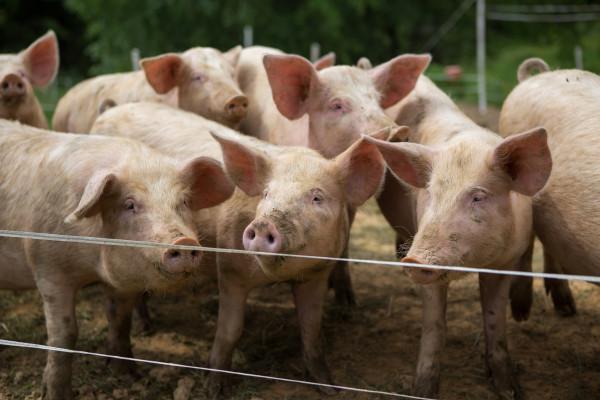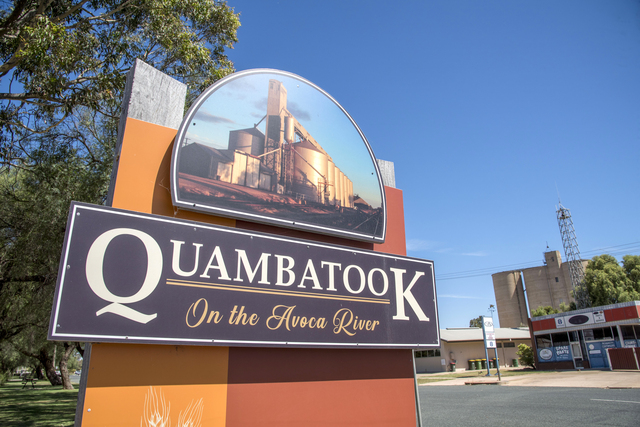PIGGERY applicant and Western Plains Pork director Tim Croagh is unsure if he will fight the decision if it doesn’t go his way.
“I was hoping it wasn’t gong to get to that point, but I would weigh up my options if it did,” he said when asked if he would challenge at Victorian Civil and Administrative Tribunal (VCAT).
The community has indicated it will appeal if the decision doesn’t go their way.
Western Plains Pork disputed a number of the formal objections to the piggery in a report included in the planning application, highlighting some submissions contained “factually incorrect and misleading statements”.
It noted that outdoor piggeries produced very low levels of noise and odour, and that while the pig paddocks would generate “some dust in summer” that would be from a “relatively small area” of the farm.
It also rejected claims the piggery posed a risk to wildlife.
“While the fencing will be pig-proof, smaller animals such as lizards, snakes, goannas, and turtles will be able to fit through the fencing and traverse the land,” the report stated.
It said there would be adequate buffer zones around the pig farm that were in line with environmental guidelines.
Mr Croagh said the business has existed for more than 25 years across southern Victoria.
“We thought it would be ideal for what we are trying to do with free range,” he said.
“We have been looking up that way for some time and seen different properties come up. The issue was trying to find the right property that wouldn’t inundate with flood water.
“I guess, at the end of the day, I probably didn’t really think there would be this much push back on it, but when I initially got up there I did try and see as any neighbours as I could just to give them the heads up.”
Mr Croagh said the climate suited the operation.
“We understand it’s petty warm in summer, but at the end of the day, it’s good farming land because of our sustainable systems we use that’s integrated with cropping,” he said.
“Because it’s a rotational piggery, there is welfare for the animals from a breeding perspective and there is a lower percentage in Australia – about 8 per cent – total pigs produced are free range or outdoors.”
Mr Croagh said he was “certainly aware” of some of the fears in the community.
“But we counter that by saying we have good systems in place to manage their concerns, without fear or favour we have got that right,” he said.
“We have told concerned people that in the 25 years down south, we have had no complaints over that period of time.
“It’s a big thing for people, I get it, because free range for some people they aren’t aware of because it’s different to conventional piggery.”
Mr Croagh was still unsure how the decision would play out.
“I’ve just got to put my best foot forward and hope to get it right, but I’m probably sitting on the fence,” he said.
“I’ve certainly thought about it not being successful and it is what it is, but we will cross that bridge when it gets to it.”
Mr Croagh added there would be money spent on local contractors.
“There will be staff numbers that we look to use, probably in time we will build a small feed mill, also we will obviously spend through the community to develop the land with infrastructure such as roads,” he said.
Western Plains Pork recently took over management of a pig farm at Carwardines Road, with plans to redevelop and improve the site.
A council source added piggeries located near Leitchville (1km and 1.3km away) and the critical environment site Kow Swamp (236 metres) had received no complaints.
Meanwhile, a research report undertaken by the University of Southern Queensland has confirmed the very low environmental impacts of free range farms.
“A well-targeted survey was executed that included the measurement of temperature, relative humidity, odour emission, dust concentrations and noise levels on representative free-range piggeries in three different states,” the report found.
“Results indicated that odour emission rates measured on free-range pig farms were generally low and not affected by farm differences.
“Most peak dust concentrations were associated with tractor/machinery movements rather than pig activity.”
More reaction to tomorrow’s council decision in next week’s Gannawarra Times.







